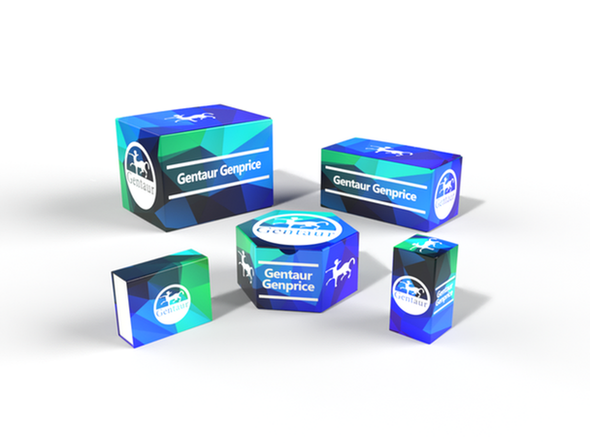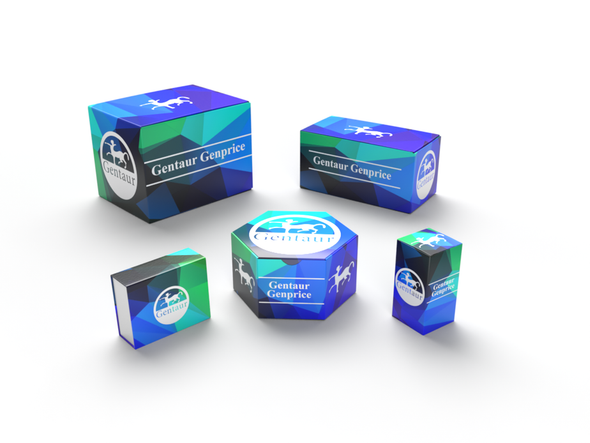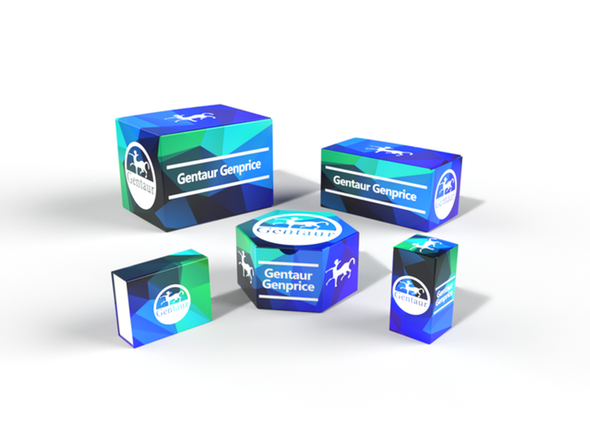Description
CHRNA9 Antibody | 31-094 | Gentaur UK, US & Europe Distribution
Host: Rabbit
Reactivity: Human, Dog
Homology: N/A
Immunogen: Antibody produced in rabbits immunized with a synthetic peptide corresponding a region of human CHRNA9.
Research Area: Membrane, Signal Transduction
Tested Application: E, WB
Application: CHRNA9 antibody can be used for detection of CHRNA9 by ELISA at 1:312500. CHRNA9 antibody can be used for detection of CHRNA9 by western blot at 0.0625 μg/mL, and HRP conjugated secondary antibody should be diluted 1:50, 000 - 100, 000.
Specificiy: N/A
Positive Control 1: Cat. No. 1205 - Jurkat Cell Lysate
Positive Control 2: N/A
Positive Control 3: N/A
Positive Control 4: N/A
Positive Control 5: N/A
Positive Control 6: N/A
Molecular Weight: 55 kDa
Validation: N/A
Isoform: N/A
Purification: Antibody is purified by peptide affinity chromatography method.
Clonality: Polyclonal
Clone: N/A
Isotype: N/A
Conjugate: Unconjugated
Physical State: Liquid
Buffer: Purified antibody supplied in 1x PBS buffer with 0.09% (w/v) sodium azide and 2% sucrose.
Concentration: batch dependent
Storage Condition: For short periods of storage (days) store at 4˚C. For longer periods of storage, store CHRNA9 antibody at -20˚C. As with any antibody avoid repeat freeze-thaw cycles.
Alternate Name: CHRNA9, NACHRA9, HSA243342
User Note: Optimal dilutions for each application to be determined by the researcher.
BACKGROUND: CHRNA9 is a member of the ligand-gated ionic channel family and nicotinic acetylcholine receptor superfamily. CHRNA9 is a plasma membrane protein that forms homo- or hetero-oligomeric divalent cation channels. It is involved in cochlea hair cell development and is also expressed in the outer hair cells (OHCs) of the adult cochlea.This gene is a member of the ligand-gated ionic channel family and nicotinic acetylcholine receptor gene superfamily. It encodes a plasma membrane protein that forms homo- or hetero-oligomeric divalent cation channels. This protein is involved in cochlea hair cell development and is also expressed in the outer hair cells (OHCs) of the adult cochlea. The protein is additionally expressed in keratinocytes, the pituitary gland, B-cells and T-cells.






